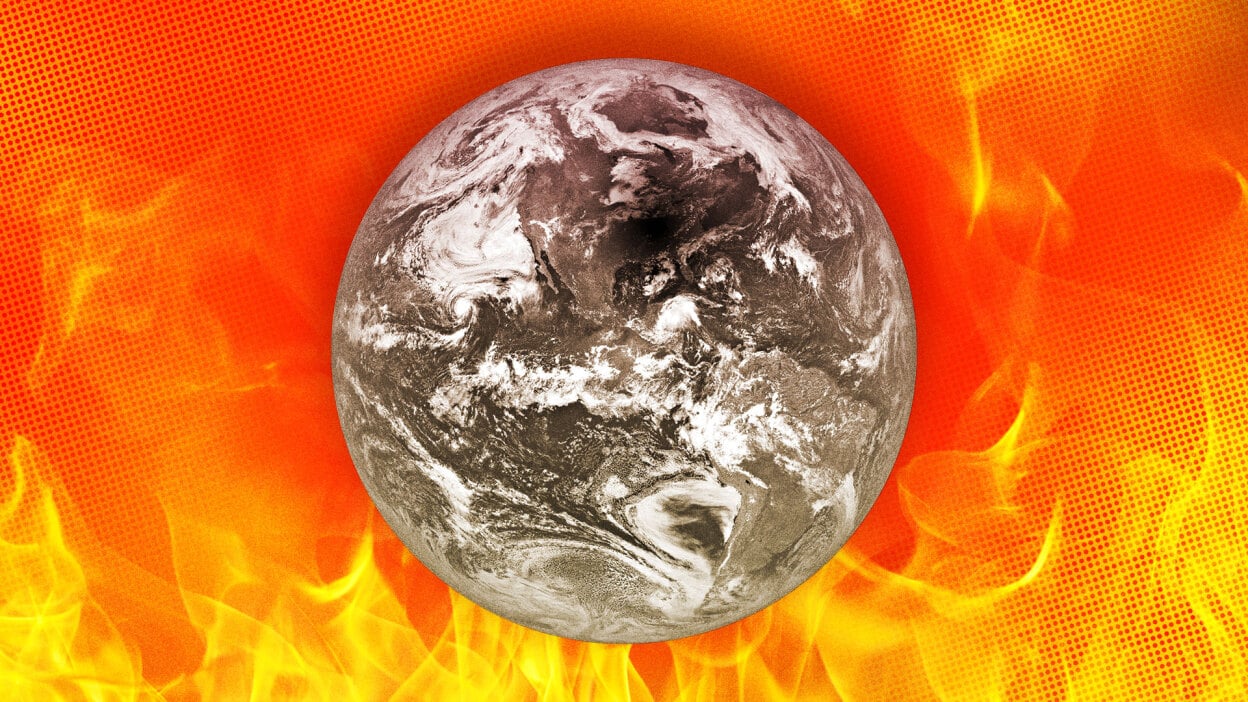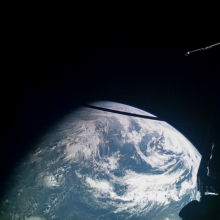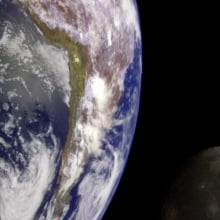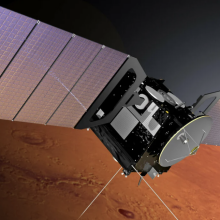What do these events have in common?
Over 30 straight days of temperatures exceeding 110 degrees Fahrenheit in Phoenix. 126 F measured in China. 120 F at 1 a.m. in Death Valley. 109 F in Rome.
They're all new temperature records set in 2023. Yes, heat waves on Earth are normal. But continuously breaking, nearly breaking, or obliterating heat records isn't normal. Such historic and sustained heat is expected to increase in the coming years as added global warming exacerbates heat waves, and overall temperatures will continue to rise until emissions of heat-trapping greenhouse gasses drop to zero.
So, you might ask yourself: How hot will it get??
The answer is dependent on the most unpredictable part of the climate change equation: Us. More specifically, the amount of fossil fuel emissions, largely from carbon dioxide and methane, humanity loads into the atmosphere. So while a single, neat answer isn't possible, scientists have created different heating scenarios – which are like highways to considerably different destinations – based ultimately on the choices made by prodigious carbon emitters, world governments, and beyond.
"These scenarios are so dependent on what humans are going to do – and we are not great at predicting what humans are going to do," Flavio Lehner, a climate scientist at Cornell University who researches future warming and how it will impact Earth, told Mashable.
Tweet may have been deleted
The good news is it's exceedingly unlikely that we're on the worst pathway, wherein Earth would warm by some 9 or 10 F (around 5 C) above the pre-Industrial Revolution levels of the late 19th century. But, crucially, it will also be challenging to end up with the best, most optimistic outcome, which would mean limiting warming to some 2.7 F (or 1.5 C) above pre-Industrial Revolution levels by this century's end. Such an ambitious climate goal would avoid the worst consequences of Earth's warming.
Already, Earth has warmed by 2 F (1.2 C) since the late 19th century.
Update: In December 2023, the European Union's Copernicus Climate Change Service announced that 2023 was the warmest year on record. This is little surprise: In 2023, a whopping six different months were the warmest ever recorded.
Tweet may have been deleted
How hot will Earth get?
About 10 years ago, things looked dire.
Fossil fuel use and carbon emissions were continually rising each year. It looked like Earth could be headed towards a truly catastrophic amount of warming, the worst-case scenario shown by the top maroon line in the graph below. (The graph was created by the United Nation's Intergovernmental Panel on Climate Change – the global agency tasked with providing objective analyses of the societal impacts of climate change.) This warming scenario is called "SSP5-8.5" which essentially means extremely high greenhouse gas emissions (SSP is short for "Shared Socioeconomic Pathways"). It's a world where, by 2100, global coal burning increases by a whopping 6.5 times. But coal use, while not declining, has largely stopped its yearly growth.
What's more, renewable energy – the likes of wind and solar – has vastly expanded, now providing some 13 percent of energy in the U.S. (though renewables are still currently outpaced by fossil fuels both in the U.S. and globally).
"We have entered an energy transition that wasn't apparent a decade ago," climate scientist Zeke Hausfather told Mashable. This energy change has considerably decreased the likelihood of a worst-case climate scenario.
"What we're doing is making the darker futures increasingly unlikely," Hausfather said.
"What we're doing is making the darker futures increasingly unlikely."
On the other end of extreme scenarios is SSP1-1.9, which would limit warming to just some 2.7 F (1.5 C) above pre-Industrial Revolution levels by the century's end. It's the bottom, light blue line below. That's the warming target global leaders hoped to hit when they signed the historic Paris Agreement in 2016. But it's likely humanity will blow through this ambitious warming goal, as soon as the 2030s.
This probably leaves us in the middle ground, which still means significant warming.
"It's not good news. But it's also not the worst news," Lehner, the climate scientist at Cornell University, said.
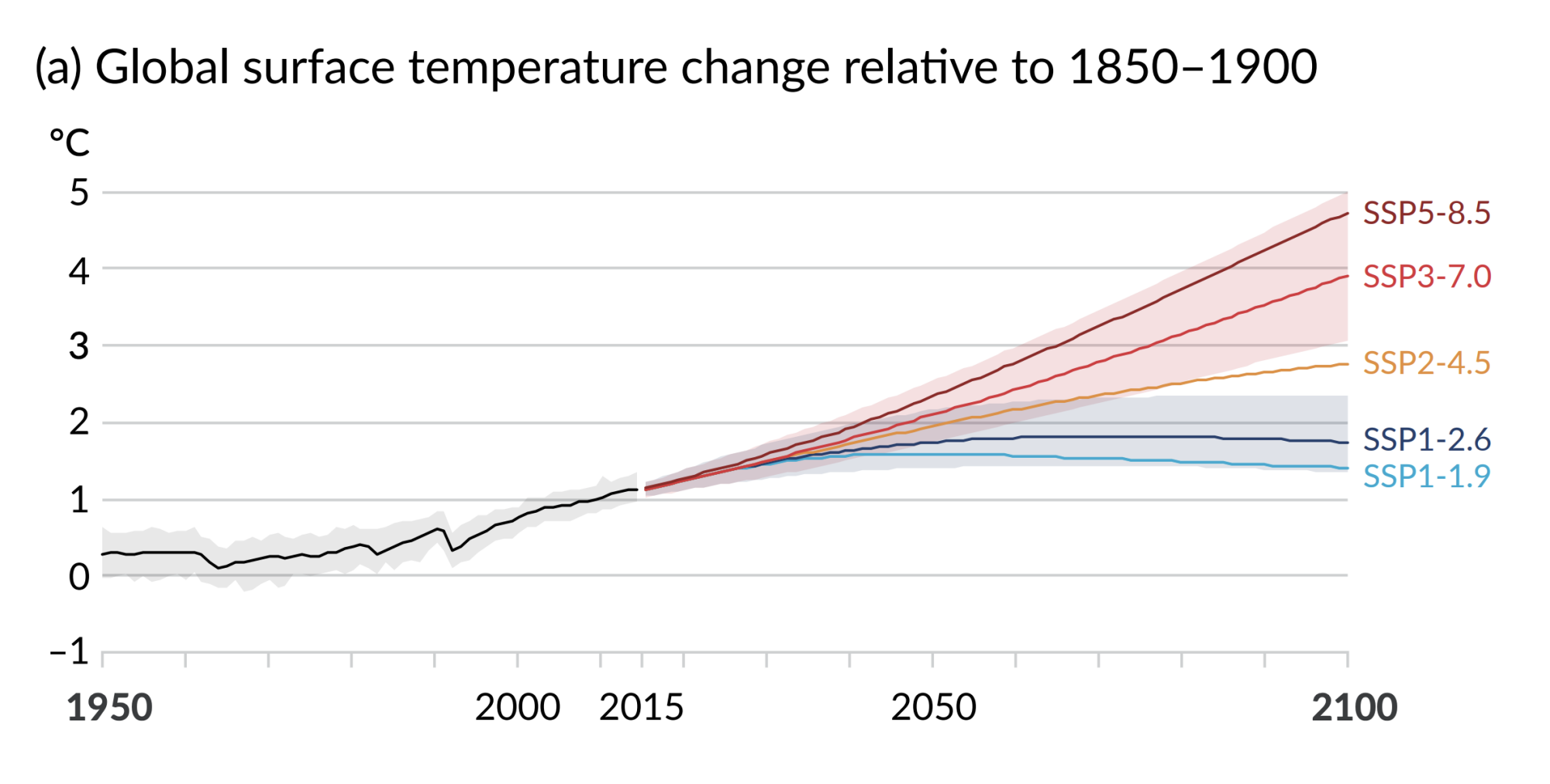
Crucially, high warming amounts, up to perhaps some 7 F (around 4 C), are still possible and can't be completely ruled out, Lehner said. But such warming is at the extreme edge of what's likely, he emphasized.
So how much warming is currently realistic? Something close to the SSP2-4.5 trajectory, which is the middle orange line above, explained Hausfather. That's in the 4.8 F (2.6 to 2.7 C) range above pre-Industrial levels.
"It's roughly our best estimate from policies today," Hausfather said, referencing the current climate policies enacted by nations. Roughly is an important caveat here, because other factors — such as how exactly Earth will respond to future CO2 levels in the atmosphere — are uncertain.
Tweet may have been deleted
Tweet may have been deleted
How bad will global warming be?
Some 4.8 F (2.6 C) of warming this century is still a lot. That's a future any reasonable person would want to avoid.
"We can do a lot better," Hausfather emphasized. "Current policies will hopefully not be the best we can do for the rest of the century."
Already, just some 2 F (1.2 C) of warming has stoked momentous changes. The heating has:
made intense wildfires more frequent, because a warmer atmosphere dries out vegetation and trees, which more easily burn. ("It takes just a little bit of warming to lead to a lot more burning.")
melted some of Earth's largest ice sheets, like on Greenland. This raises sea levels — and will continue to do so for centuries (or longer).
made marine heat waves — which cause major coral die-offs — more frequent and extreme. Marine biologists expect marine heat waves this century to have "significant" and "widespread" ecological impacts, like on the fish that depend on coral ecosystems.
made droughts more severe, like the prolonged Southwestern megadrought. Historically, droughts have significantly decreased crop yields.
increased the odds for more extreme downpours and floods, because a warmer atmosphere can hold more water vapor.
created warmer ocean temperatures which are jet fuel for hurricanes. Though hurricane development hinges on a number of complex weather factors, and the science of hurricane intensification is still unfolding, the U.S. National Oceanic and Atmospheric Administration expects cyclone intensities to increase in a world warmed by 3.6 F (2 C).
Clearly, a world at some 2 F (1.2 C) is problematic, and for some, catastrophic.
"Already, we're seeing unprecedented events," Lehner explained. "It's not the same climate anymore. That's all happening at 1.2 [C]."
"Already, we're seeing unprecedented events."
So what happens at 3.6 F (2 C), which is around a doubling of today's heat? "A lot of these impacts will double in frequency or severity," Lehner said. "In a 2 degree [C] world it's likely things are twice as bad or worse," he added, noting that not all changes will be linear (meaning changed by the same proportion to increases in heating).
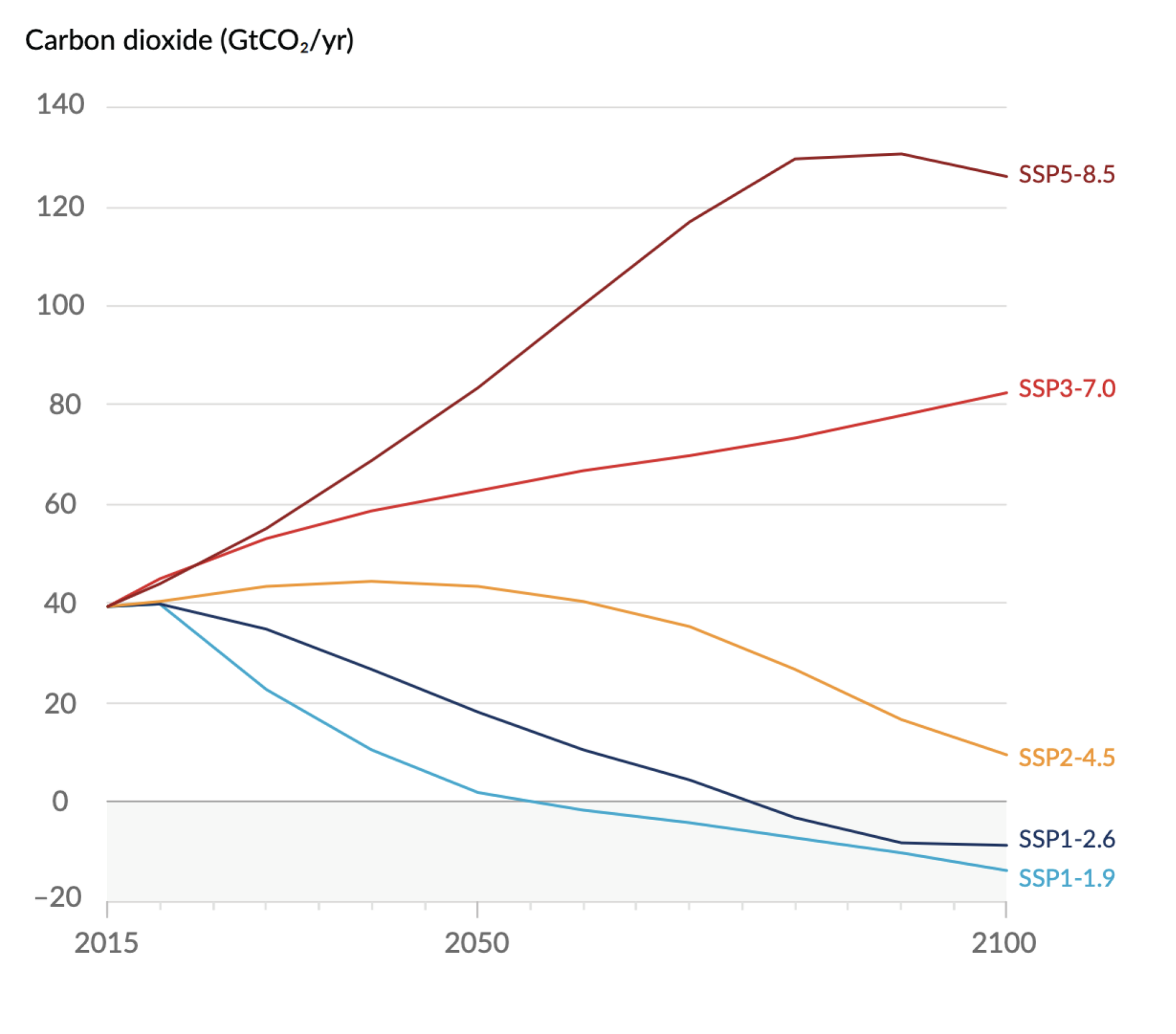
That's why limiting the warming, as much as possible, is critical — not just for ourselves, but for the future residents of Earth. They will experience serious sea level rise. But, it doesn't have to be devastating.
"Every 10th of a degree matters," Lehner said.
